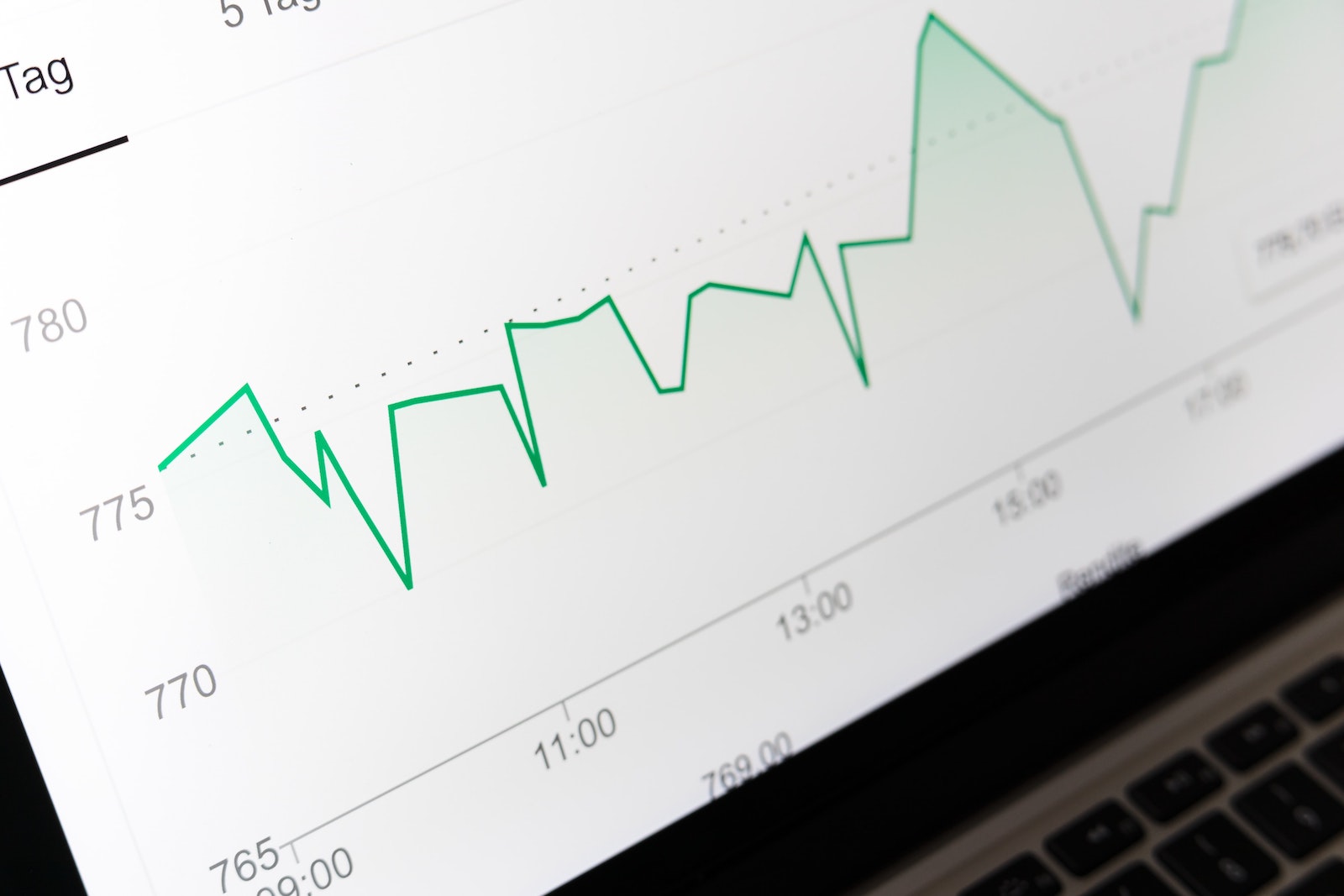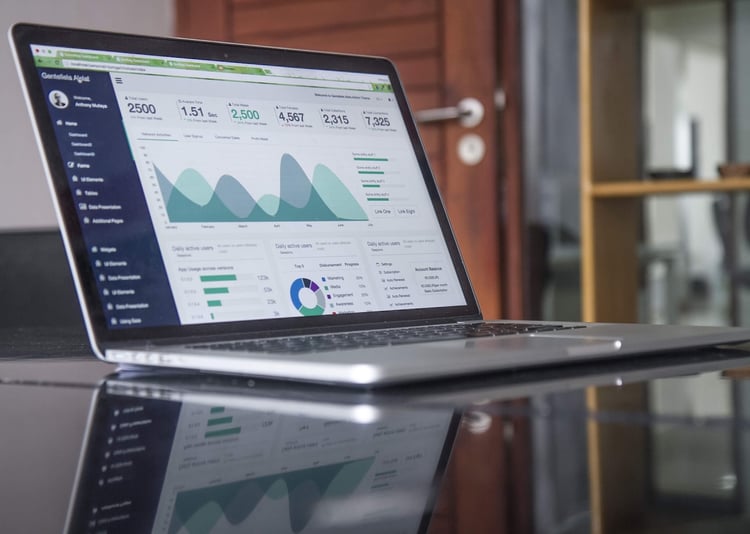And why you need to know
Literacy usually refers to the ability to read and write; however, literacy is really competence or knowledge in a specific area, such as data literacy. To be data literate, individuals need a skill set that includes reading, manipulating, communicating, and producing data for critical use. These are skills that 82% of all employers expect their employees to have. Yet, few educational systems spend time teaching data skills across the curriculum. As a result, less than 30% of the US workforce feels data literate.
While employers expect data-literate employees, 68% of business executives struggle to create measurable value from data. Almost 75% of executives said their data analytic projects failed to produce actionable insights. The lack of data literacy has a significant impact on productivity. According to a recent study, companies lose an average of 43 hours of work per employee per year because of data-induced procrastination and absenteeism.
What is even more concerning is how few employees rely on data when making decisions. Almost half of employees trust their “gut” over data when making a decision. More than 65% of C-suite executives and senior management go with their gut over data-driven insights. Such weak data literacy skills are impeding business growth. For example, 36% of employees avoid using data and find an alternative method to complete a task. Almost 15% of workers would avoid doing the data-driven task completely.
What Are Data Competencies?
According to Gulsen Guler, data competencies begin with a conceptual framework that explains what data is and is not. After employees are introduced to basic data concepts, they are ready to learn about:
- Data Application
- Data Collection
- Data Evaluation
- Data Management
Proficiency in these areas gives employees the skills to comfortably use data at work.
Data Applications
Using data requires critical thinking. Not only do individuals need to think about how data is used, but they also need to think about where it comes from. The best results use the right data for the desired outcome. For example, identifying the seasonal impact on quarterly buying trends requires more than a year’s worth of data. Because seasonal buying is also influenced by the economy, inflation, and the supply chain, multiple years of data are needed to eliminate non-seasonal factors.
Many individuals see data as infallible. They accept its validity without question. Part of data literacy is realizing that data can be incomplete, misleading, or inaccurate. If a temperature sensor is faulty, the reported data is incorrect. If the fundamentals of data collection and evaluation are not transparent, the resulting insights may be flawed. Ensuring data accuracy can help minimize the tendency to choose gut over data when making decisions.
Data Collection
Data comes from multiple sources. Some data may be acquired internally, while other information is taken from outside sources. Collecting data involves finding, measuring, and analyzing information using validation techniques to ensure the data is reliable. Employees need to understand the process to be comfortable in using the data.
Once data is collected, it needs to be checked for accuracy. For example, similar data may be stored in two different places. One source says 27 blue cars sold in February, while another says 24. Which is correct? These conflicts must be resolved before the data can be used. Knowing that data goes through a cleaning process helps everyone understand how the data has been consolidated into a single source.
Data Evaluation
Employees should be trained on tools that can help them analyze data. Some tools are designed for specific uses while others may be more universally applied. Knowing how to use resources can make working with data less stressful.
Evaluation skills require individuals to understand where data comes from and what problems may exist with the data. Employees should become comfortable talking about what the data represents and how to best present it to decision-makers. Visualization tools can help individuals create graphical representations of information.
During data evaluation, employees practice basic data analytical skills. Part of this process goes back to data application skills, where they learned that critical thinking is crucial to working with data. People need the skills to use data as support for their conclusions.
Data Management
Managing data requires processes to organize, secure, and preserve data. It also should set standards for quality, conversion, and reuse. Without standards, results can be called into question, and ethical concerns may not be addressed. That’s why data management must address the accuracy, completeness, and consistency of data.
Most importantly, data management must ensure traceability. Data integrity is achieved when data can be traced back to its original source. Without that crucial element, results lack validity. The more employees understand how to manage data, the better the data becomes. Better data equates to more accurate results.
Building Data Competencies
Most employees did not learn data competencies in a traditional educational system. In fact, less than 20% of employees were given courses in data literacy. If employers are going to ensure their employees are data literate, they need to provide training in data competency skills. According to MIT Sloan, companies need a data literacy plan that does the following:
- Separates technical and data literacy. Data literacy skills are not the same as knowing how to use technology.
- Identifies baseline skills. Know which competencies will form a corporate baseline.
- Develops a common language. Talk about data using language that everyone understands.
- Provides multiple learning methods. Not everyone learns the same.
- Sets evaluation criteria. Define the minimal competency skills.
Deploying a well-defined training plan that involves everyone can help organizations realize the potential that data-based processes promise. It will enable a culture that finds meaning in data and empowers employees to act on data-driven insights instead of their gut.
Power BI Reports Scheduler (PBRS) by ChristianSteven Software complements a data literacy program by providing a tool to automate the scheduling and distribution of reports and dashboards. Working with Microsoft’s Power BI, PBRS lets organizations set their data distribution schedules to ensure timely delivery of critical information. Download a 30-day trial from the ChristianSteven website to see how PBRS can help create a data-driven culture.


